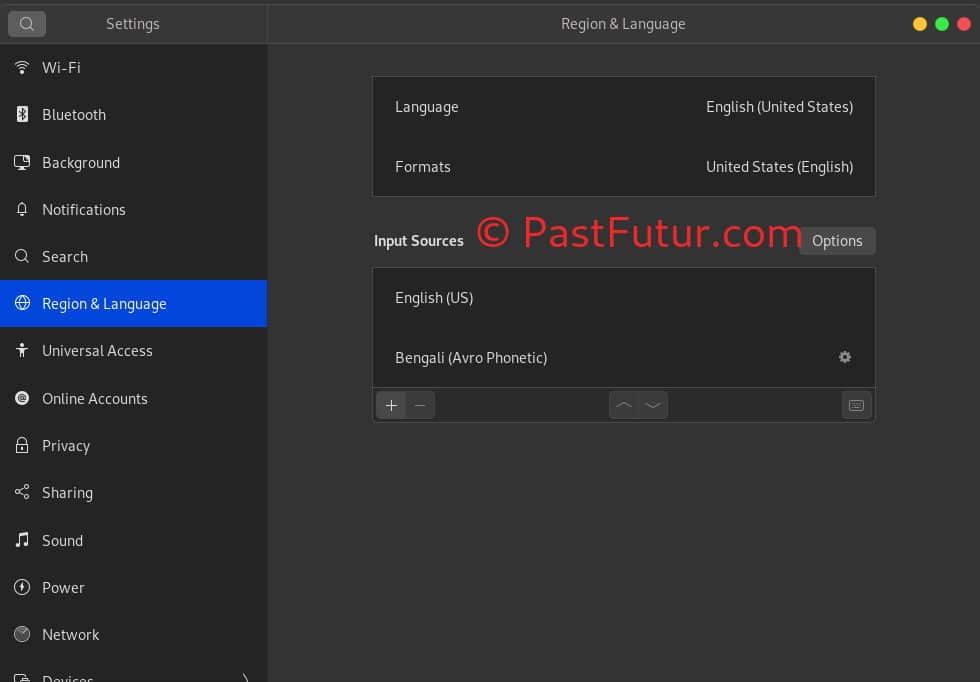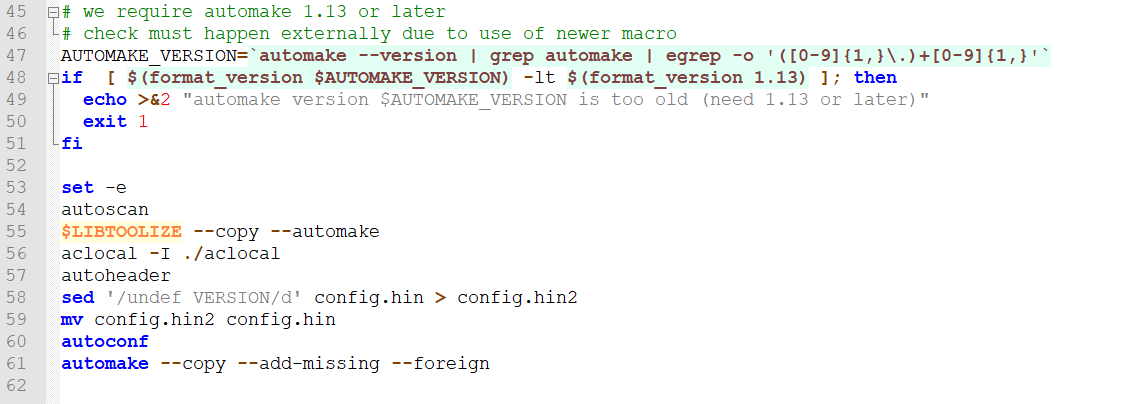

# If no parameters are provided then show # script if I find more issues, so consider I saved this script into my ~/ and called it “macport”, you can call it as you prefer.
#Install aclocal mac os
Once you’ve downloaded the correct Pkg file (or dmg file for some version of Mac OS X), install it as your would install a normal Pkg file or dmg file.
#Install aclocal mac os x
Now, download MacPorts Package file correspondent to the Mac OS X version installed on your Mac, you can download the correct Pkg from here:.At this point accept Xcode license by executing:.This will install the required command line developer tools. Once you’ve installed Xcode, run Mac OS X terminal and type: To install MacPorts you first need to install Apple Xcode on your Mac, you can install Xcode using the Apple store application on your Mac.Let’s get started! First of all let’s install MacPorts: I have used both of them for quite a long time now without having any issue, but the two solutions are NOT developed to work together, so you need to pay some attention. I find Homebrew really useful and easy to use, so I definitely recommend to install it to all novice (or advanced) developers, it will boost all the tedious activities of properly install/configure OSS libraries on the Mac! More info about Homebrew here.Ĭan MacPorts and Homebrew coexist on the same system?.Homebrew is a free/open source software package management system that simplifies the installation of software on the Mac OS X operating system.I use it since the beginning of this project and recommend to install it to all OSS developers who wants to work on OSS software using their Macs, more info on Mac Ports here.The MacPorts Project is an open-source community initiative to design an easy-to-use system for compiling, installing, and upgrading either command-line, X11 or Aqua based open-source software on the OS X operating system.Mac has two important “porting” projects where 2 communities of developers are constantly porting OSS (Open Source Software) on the Mac platform:

Requirementsįirst of all let’s install the basic requirements:
#Install aclocal how to
This is a how-to article so I assume you know how to use Mac OS X terminal and commands like sudo. If you don’t have these requirements, please make some practice first or you may end up messing with your Mac. To follow this article you need to have some confidence using Mac OS terminal application and some basic Mac command line experience.


 0 kommentar(er)
0 kommentar(er)
